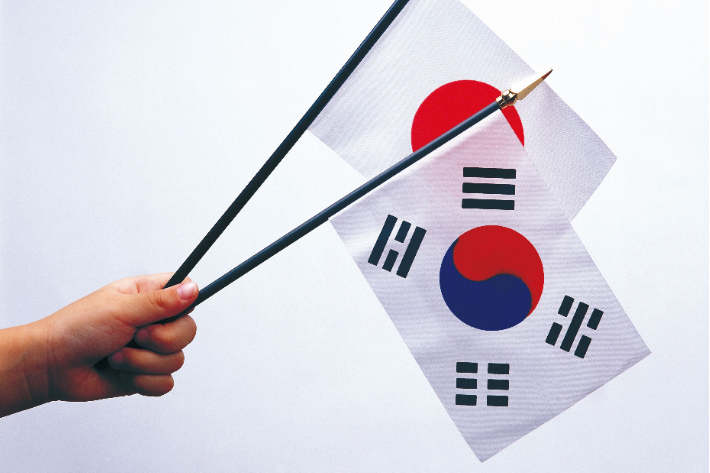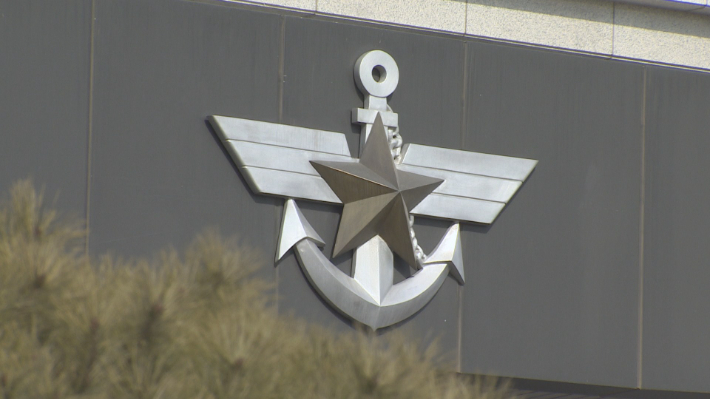Department of Defense. yunhap news-In the 2020 Defense White Paper, which evaluates our security environment and informs the public of the achievements and directions of national defense policies, Japan was evaluated as a’neighbor country’ rather than an existing’partner’.
In addition, the deletion of the’North Korean main enemy’, which caused controversy every time, was also maintained. An explanation that seems to indicate the success of miniaturizing the warhead of the Hwaseong-15 type of North Korea’s intercontinental ballistic missile (ICBM) was also included.
◇”From the perspective of the Ministry of National Defense,’neighbor country’ is more appropriate than’companion’ in Japan.”
The Ministry of National Defense, in Chapter 6 of the 2020 Defense White Paper, “Intensifying Defense Exchanges and Cooperation and Expanding Extensions” on defense exchange and cooperation with Japan, said, “Japan is a neighbor who must cooperate for peace and prosperity in Northeast Asia and the world. Country” he explained.
This part was in the 2018 Defense White Paper, “The two countries are geographically and culturally close neighbors, and partners who must work together for world peace and prosperity.” In two years, Japan has become a’neighbor country’ rather than a’companion’.
The background of these changes seems to have been affected by the so-called “transportation aircraft incident” that took place in December 2018 and Japan’s export control measures in July 2019.
In fact, the relevant content of the 2020 Defense White Paper says, “The Japanese patrol aircraft’s threatening close flight against our ship that was in rescue in December 2018, and the unilateral press release misleading the facts of the situation at the time, the defense relations between the two countries suffered difficulties. “The narration entered.

Provide smart image-An official from the Ministry of Defense explained, “There is no need to put a special meaning on the reporters’ questions,” but said, “From the perspective of the Ministry of Defense, it is correct to describe it as a neighboring country, and you will know the meaning well.” He added, “Since there was an uncomfortable relationship after export regulation, it is reasonable to make it a neighboring country at the level of the Ministry of Defense.”
It seems to reflect the fact that the incidents of the patrol period and the export control issues that caused the relationship between Korea and Japan to worsen, both on the surface and in reality, were all related to security issues. In fact, the defense white paper “For security reasons. “The export control measures taken against us is an obstacle to the future-oriented development of the defense relations between the two countries.”
At the same time, the white paper is at the end of the corresponding section, “We will continue to respond firmly and seriously to Japan’s distortion of history, unfair sovereignty over Dokdo, and one-sided and arbitrary measures in pending issues. On common security issues “We will continue to cooperate for peace and stability on the Korean Peninsula and in Northeast Asia.”
This is a slightly different nuance from the 2018 white paper that explained that “we will continue to cooperate for peace and stability in the Korean Peninsula and in Northeast Asia” without having to say’common security issues’.
◇’Main enemy’ deleted again… How much success in miniaturization of nuclear warheads, keeping the amount of nuclear material intact?

North Korean troops lined up at the 8th party congress held on the 15th of last month. News 1 provided-Meanwhile, from the 2018 Defense White Paper, North Korea was not defined as a’main enemy’, but this was maintained in the 2020 White Paper. The 2020 Defense White Paper stated, “Our military regards forces that threaten and invade the sovereignty, land, people and property of the Republic of Korea as our enemies.”
This is exactly the same as the relevant contents of the 2018 Defense White Paper. In a related press release, the Ministry of Defense explained, “It was described as a concept that can encompass not only North Korean threats, but also potential threats and transnational and non-military security threats.”
In addition, this white paper describes North Korea’s Hwaseong-15 Intercontinental Ballistic Missile (ICBM) with a range of 10,000 km or more and a warhead weight of 1 ton. The warhead weight of the Scud-B and C missiles, which were made decades ago, was also estimated at the same one ton.
Typically, the standard for miniaturization of nuclear warheads is 1 ton of warhead weight. Therefore, it is interpreted that the fact that the Ministry of Defense evaluated the Hwaseong-15 warhead weight as 1 ton proves that North Korea has succeeded in miniaturization of nuclear warheads to some extent.
This is because the press has made such speculations a few years ago, but this time it was described as an official document from the Ministry of Defense. Already in August of last year, Reuters reported the possibility of citing a report from an expert panel of the North Korean Sanctions Committee under the UN Security Council.
On the other hand, this white paper is about 50 kg of plutonium and a significant amount of highly enriched uranium (HEU) in terms of the amount of nuclear material North Korea possesses.
An official from the Ministry of Defense explained, “Plutonium comes out only when the used nuclear fuel is reprocessed, but there is no change since no signs of reprocessing have been confirmed.” The military and intelligence authorities are aware that the 5MWe reactor in Yongbyon has been shutting down since 2018 until the present day, which is likely to be this reason.
The official added, “In the case of highly enriched uranium, although there is a considerable amount, the work is performed in a secret facility, and it is difficult to accurately determine the amount.”
–


